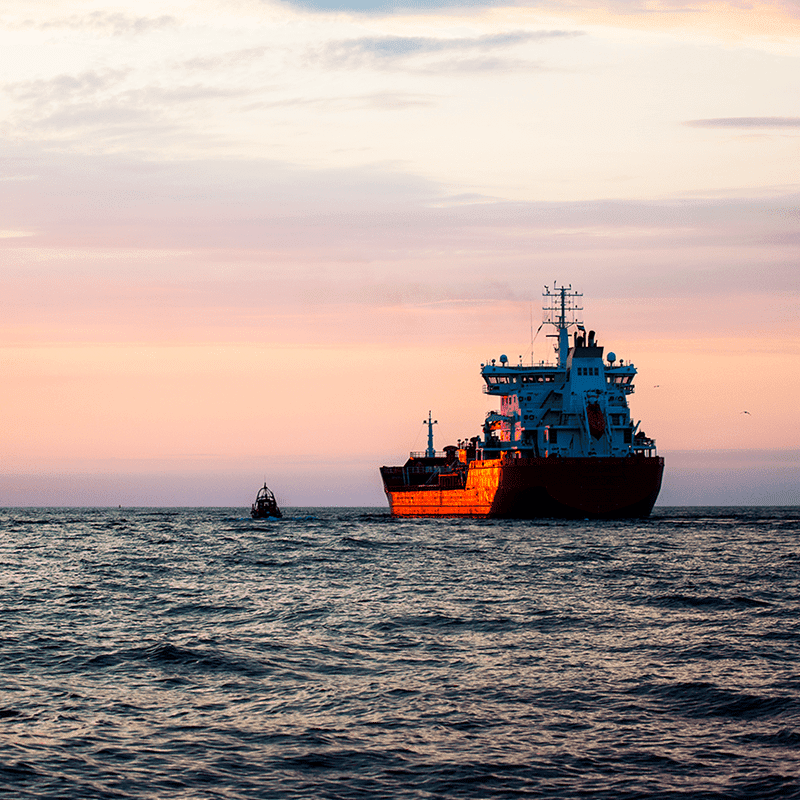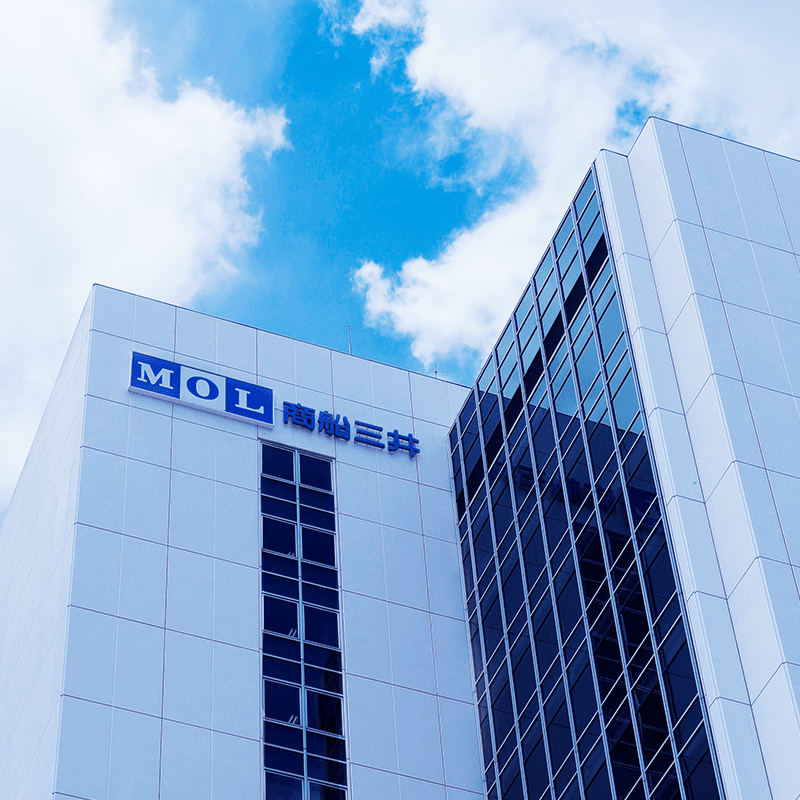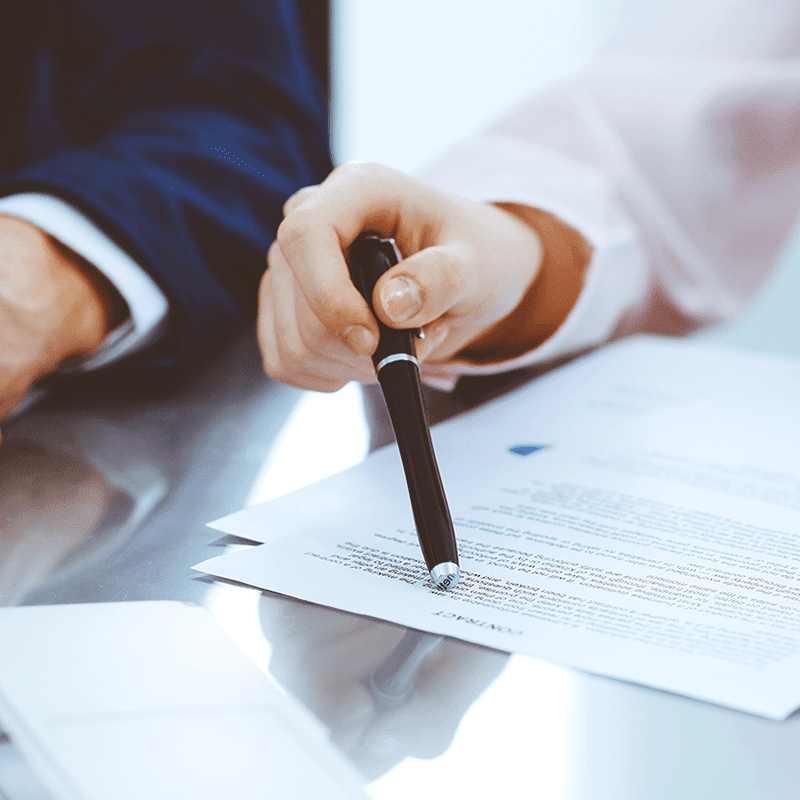Study on Preventing
Anchor Drag due to Typhoon
(Commissioned by the Kobe Marine Casualty Prevention Institute)
Project Overview
We conducted a study on prevention of anchor drag in Osaka Bay commissioned by the Kobe Marine Casualty Prevention Institute in response to the damage caused by Typhoon No. 21 that hit the Kinki region in September 2018. MOL Marine & Engineering conducted a simulation study to verify the impact of changes of the depth of water caused by storm surge on the agitation of anchored vessels.
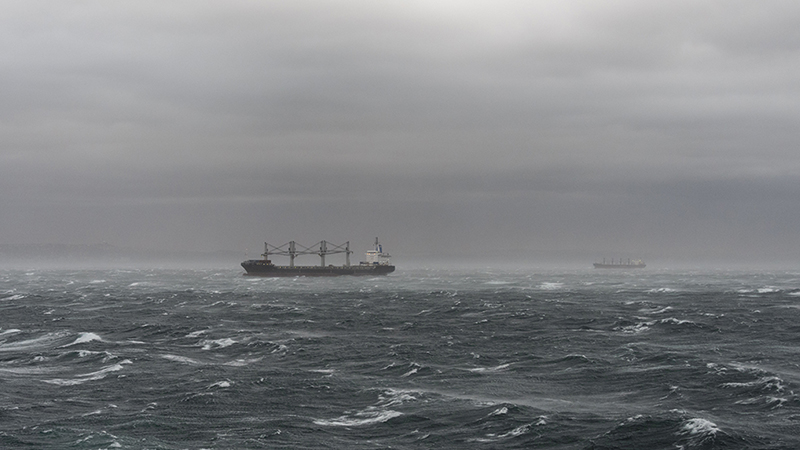
Project Content
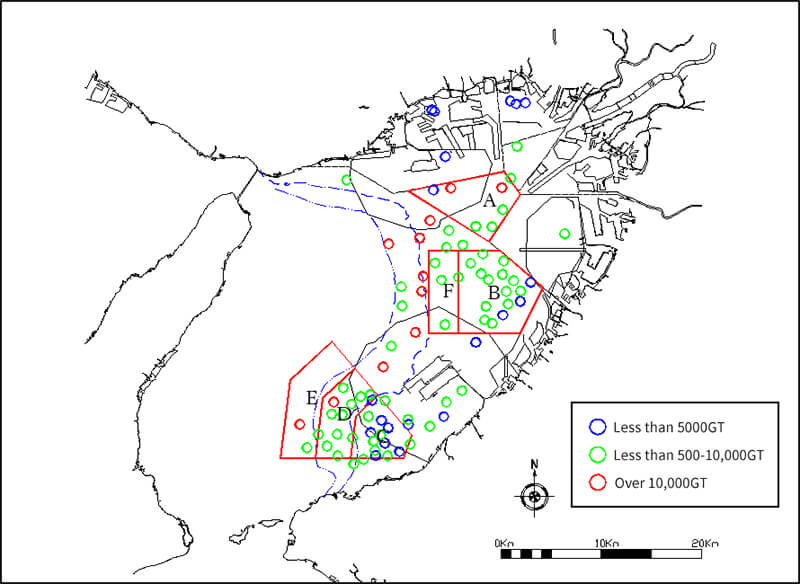
Building Fundamental Data on the Anchoring Environment in Osaka Bay
We drew on data for the depth of water and the soil type at the bottom of Osaka Bay, natural environment including wind, waves, and current of water, anchorage status of vessels when typhoons hit in the past, and occurrences of anchor drag in the past to build fundamental data for the anchoring simulation.
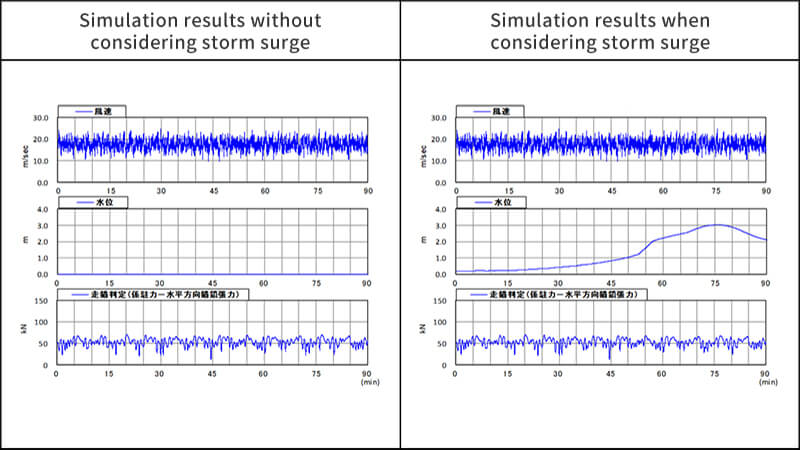
Anchoring Simulation Results
Simulations were conducted by setting detailed external force conditions for a variety of vessel models to yield the wind speed at which anchor drag starts, the amount of time before anchor drag starts, and kinetic swinging movement of vessels. The results showed that, while it was not conclusive that the increased depth of water due to storm surge directly impacted anchor drag greatly, the risk of anchor drag was increased due to the increased current of water associated with the storm surge, in conjunction with the wind and waves.
What is Anchoring Simulation?
This simulation is to understand the temporal agitation of vessels and the temporal changes in tension on the anchor chain due to external forces including the wind and water current. It enables the evaluation of the movement of the hull and the possibility of bottoming out and anchor drag.
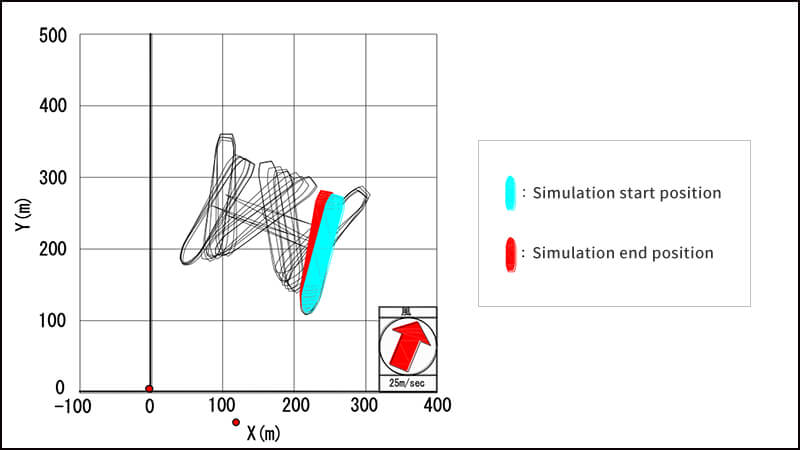
Customized Vessel Models
A vessel model can be generated based on vessel drawings to recreate exterior views of the vessel, propulsion system, and kinetic characteristics. Simulations using the model prepared this way allow for recreating behaviors specific to the target vessel with high precision, which leads to an accurate evaluation.
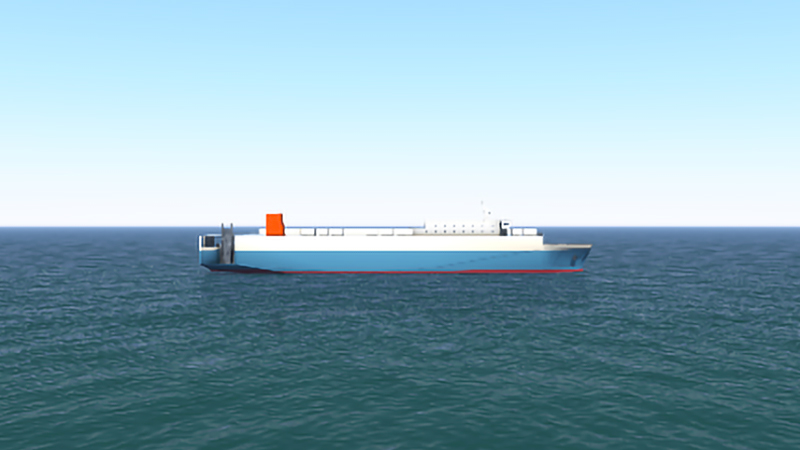



.png)

